The advent of motorhome appliances that run on LPG has greatly improved the ability to enjoy off-the-grid camping. However, LPG is a dangerous liquid that has the potential to cause significant harm if not handled correctly.
Explosive LPG can leak from a gas cylinder or gas appliance — or carbon monoxide (CO) can silently snuff out your breathing while a faulty diesel or LPG heater warms the cabin.
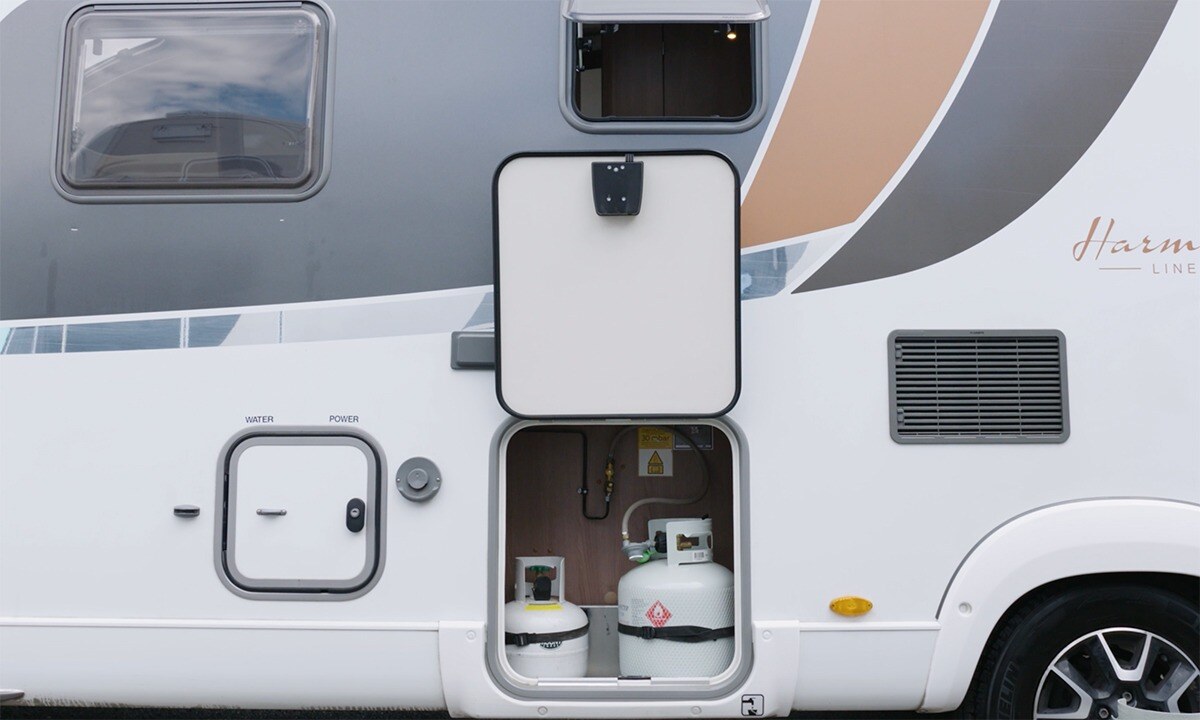
It’s best to install high quality detectors to provide an early warning that something isn’t right. This is particularly important if your recreational vehicle has a diesel or gas heating or cooking system (some have both). Gases escaping from their circuits can cause fiery explosions (LPG) or the quiet loss of consciousness (CO).
In this blog, we discuss the basics of LPG and how to measure the amount of gas left in your bottle. We also look at what you need in a reliable gas detector and where best to mount it. And finally, we’ve created a LPG safety checklist for you — so you can easily check off what you need to do on each road trip.
What exactly is LPG?
Liquid petroleum gas (LPG) is the name given to several energy-rich gases that can be compressed into a liquid for ease of storage and transportation.
LPG shouldn’t be confused with natural gas. The latter is methane which is piped directly from its source underground into pipelines that supply individual households and commercial users.
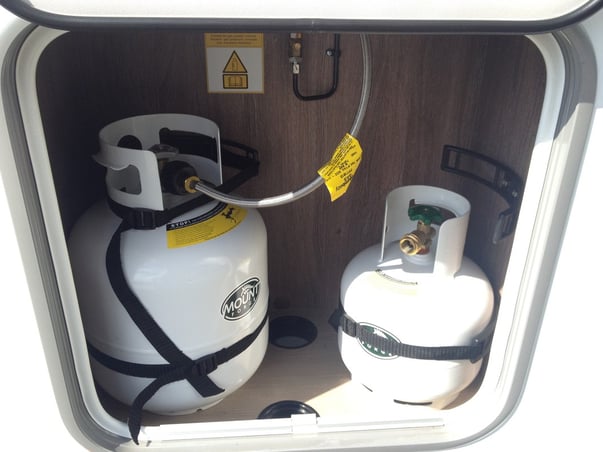
What’s inside your gas bottle
In New Zealand, motorhome gas bottles are usually filled with a mix of butane and propane. The most common gas bottle size is the 9kg container. Many motorhomes have provision in their gas lockers for two 9kg bottles.
The next most common size for RV use in New Zealand is the 4kg bottle.
Many motorhomes imported from Europe have gas lockers configured for 6kg bottles — which are less common in NZ.
|
Size and capacity of common gas bottles |
||
| Size (kg) | Capacity (L) | |
| New Zealand standard | 9 | 16.66 |
| New Zealand small | 4 | 7.3 |
| European standard | 6 | 11.3 |
Gas bottle construction
Gas bottles are rounded vessels made of near impenetrable steel. This is because the gas must sustain its compressed state to remain liquid — and these robust containers are built to withstand the pressure.
However, gas bottles older than ten years should be retired because:
- LPG is corrosive — so with age there’s the potential for rusting
- Older gas bottles become increasingly prone to leakage.
How much LPG is in your gas bottle?
Be sure to check that you have plenty of LPG on board before departing on your motorhome tour. It’ll save you mucking about refilling or replacing a bottle while you’re on holiday.
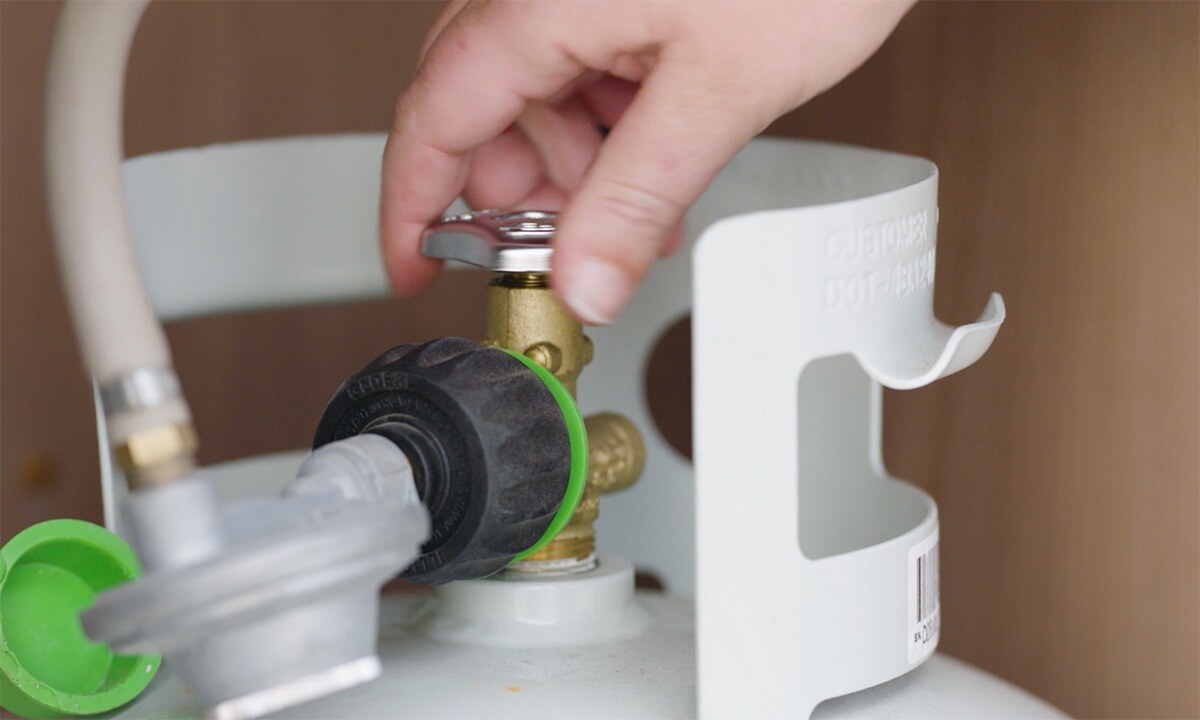
The weigh method
The most accurate way to check how much gas you have is to open the gas locker, remove your bottle and weigh it on a set of bathroom scales. Take note that:
- One litre of LPG weighs 0.51kg
- Empty 9kg gas bottles weigh between 7.8 and 10.4kg — depending on the thickness of their steel
- A 9kg gas bottle will weigh between 16.3 and 19kg when completely full.
A full gas bottle is capable of supplying 442 megajoules (Mj) of energy. That’s enough to meet your and your travelling companion’s heating and cooking needs for a few months of touring.
The level indicator approach
You can buy a vertical level gauge which magnetically attaches to your gas bottle. However, the colour of the gauge will degrade slightly above the level of the liquid gas indicator — making the information hard to decipher.
The weighing method is much more accurate, plus it provides an opportunity to:
- Inspect the seals of the screw-in bayonet that connects the regulator hose to your bottle
- Check whether any dust has entered the system.
The Truma LevelCheck tool
A third way you can determine if you have LPG in your gas bottle is by using Truma’s LevelCheck tool. It’s a straightforward device requiring you to follow these steps:
- Identify the weld lineThe full level of the gas bottle on the gas bottle
- Find the rubber contact point on the LevelCheck tool — where it reads the level of gas within the tank
- Place your tool’s rubber contact point flat against your gas bottle — just below the weld line
- Check the light colour. If it’s:
- Green — there’s propane at that point
- Red — there isn’t any propane.
- Try placing your LevelCheck a few times to get more accurate readings
|
Design of a gas bottle Gas naturally expands during warmer temperatures so gas bottles have been designed to be full at 80 percent — or at just over three quarters. |
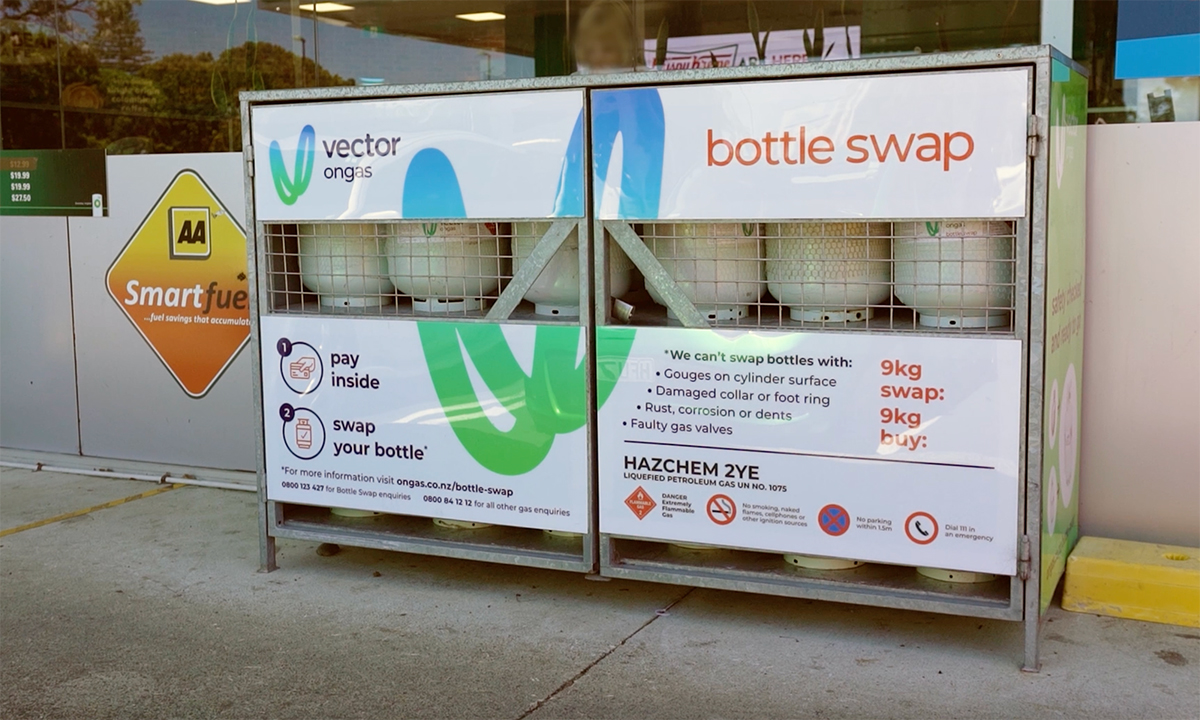
Safety compliance
The gas system of your motorhome or campervan must have a Gas Safety Certificate (GSC). This is required if it was:
- Manufactured in New Zealand after 1 July 2013, or
- Imported into New Zealand after that date — irrespective of age.
The manufacturer or importer of your motorhome or campervan has a legal obligation to supply you with the GSC.
The certificate verifies that your gas installation is safe to use because it complies with the Gas (Safety and Measurement) Regulations 2010 (GSMRs).
Annual gas checks
You’re not required by law to get a yearly warrant of fitness for the gas setup in your recreational vehicle. Nevertheless, it’s highly recommended to have your gas appliances serviced and your pipework leak tested every few years.
If you suspect there are issues with operating your appliances when using your LPG, it’s wise to get a gas check done by a licensed gasfitter.
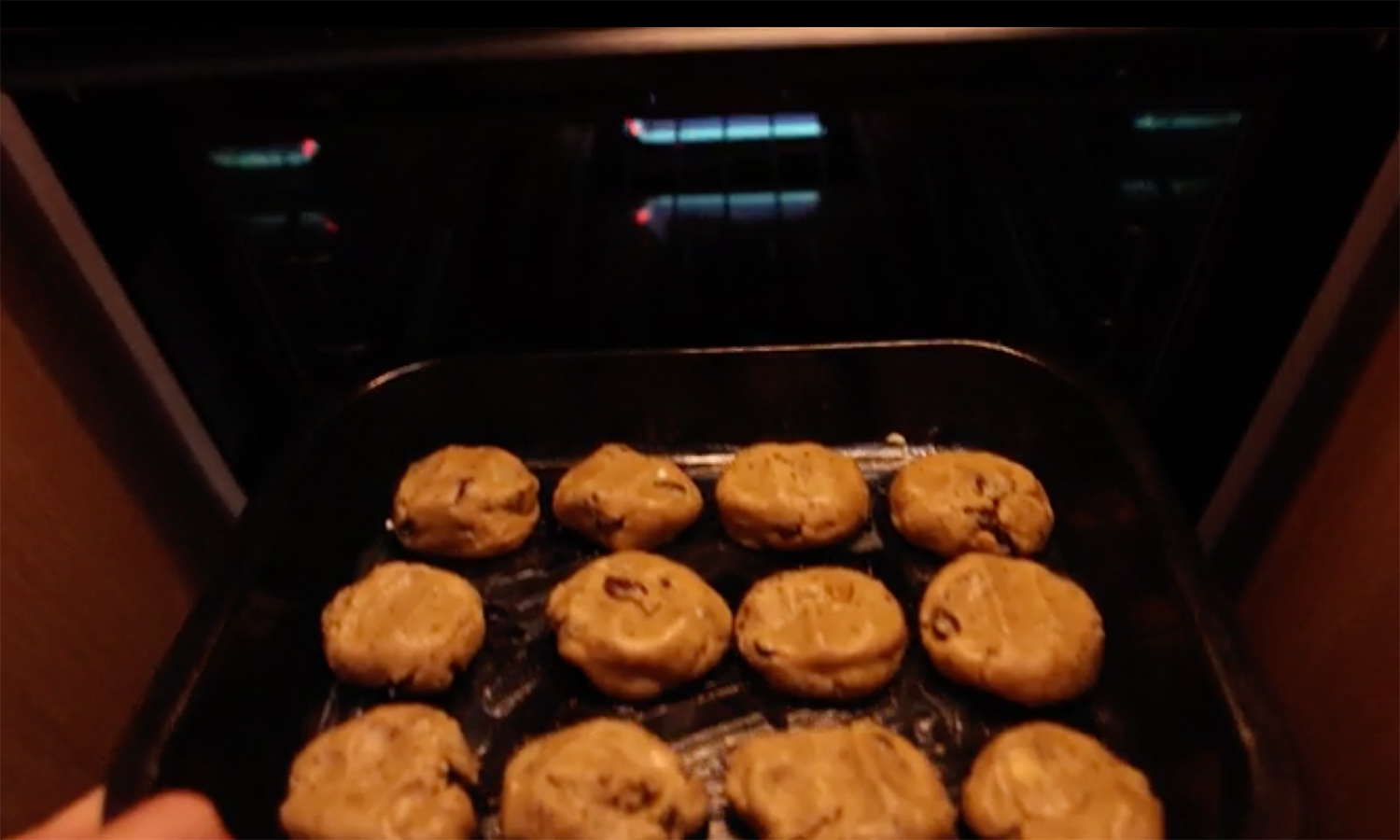
Fitting only the best gas detectors
The New Zealand Motor Caravan Association (NZMCA) recommends that you have gas warning detectors fitted inside your RV cabin. A CO gas detector has to be fitted to the interior of your motorhome for it to gain its self-containment certification (CSC).
Given the tragic consequences that a gas leak can have, it’s highly advisable to fit the best gas detectors you can, which should include:
- One for potential LPG leakage
- Another to detect any CO infiltrating the cabin.
Avoid fitting some cheap gas detectors sourced online from an overseas store. They may provide a sense of safety and security that could ultimately prove false. Plus, they could drive you mad when comparatively harmless hydrocarbons trip their lower trigger settings.
Features of recommended gas detectors
Any self-respecting LPG gas detector must have two features. The first is that the alarm should be triggered at the 25 percent level of the low explosive limit (LEL) of propane.
In other words, when the level of propane gas in the cabin is 75 percent below where the gas becomes an explosion hazard, the alarm must go off.
This is a safe trigger point that eliminates the false alarms that cheap detectors are prone to sound. Even a spray of hair product or insect protection can cause those detectors to go off.
The second feature is a test button so you can check whether:
- Your LPG detector needs its batteries replaced
- A wired-in detector has tripped a circuit breaker.
Test buttons are also essential for checking that CO alarms are in good condition.
Where should an LPG detector be mounted?
As LPG is heavier than air, it’s best to mount the detector as near to floor level as possible.
The specific gravity of the gas is the reason that gas bottle lockers have ventilation — which is usually a mesh panel in the floor. Any gas leaking from the bottle, the regulator, or the connection to the gas line that enters your motorhome will fall harmlessly outside.
More sophisticated LPG detectors come with a shut-off valve that is plumbed into the gas supply line. When the detector is triggered, this shut-off valve automatically closes — stopping any further gas leakage into the interior of your motorhome.
Should you turn off the gas supply or the appliances first?
This is a common question amongst new motorhome owners. The answer really depends on the requirements of your specific appliances and whether you’re about to drive off.
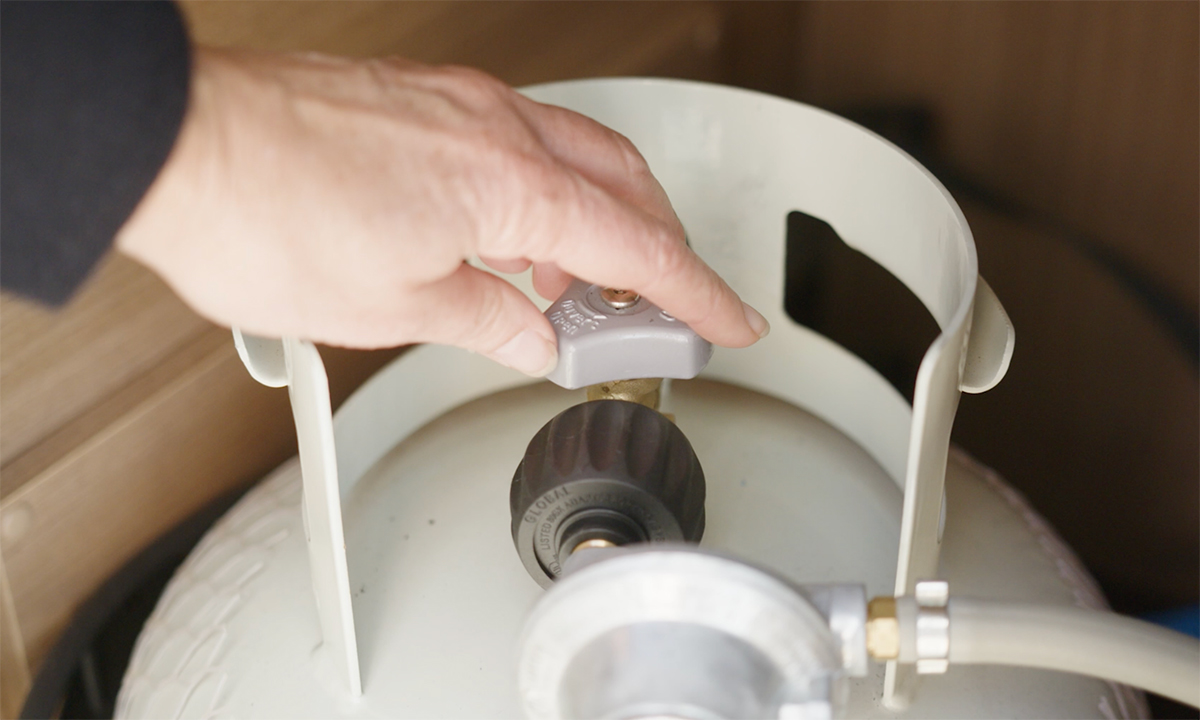
Appliances
Some appliances, such as the Truma central heating system (common in European motorhomes), require that the appliance itself is turned off before the energy source is disconnected.
If the LPG is turned off while the central heater is still operating, an error will be triggered.
Find out more about heating your motorhome.
Driving
Turning off your gas bottle at its source (first) will clear out any residual LPG from the lines that supply gas to your appliances. As a result, your motorhome will be safer to drive because these gas lines can become potential fuses for an explosion — should your vehicle be involved in a crash.
Parking up
It’s not so critical to purge the lines of gas while you’re parked up for the evening. Some RVs even have additional LPG shut-off valves in the kitchen area to:
- Ensure the cabin is safer before you head to bed for the night
- Avoid the inconvenience of going outside to the gas locker and shutting down the supply at the bottle.
Read our guide on 12V motorhome batteries for how they work with your gas setup.
Automatic gas supply shut off
Can your gas supply shut off automatically when you start your engine? New motorhomes are often fitted with solenoid valves to turn off your gas. These can also be retro-fitted as convenience upgrades to older motorhomes.
Solenoid valves are plumbed into the gas supply line as close to the bottle connection as possible.
Whether you decide to also manually shut off your gas supply before driving depends on how much you trust the solenoid doing that essential little pre-drive job for you.
A second line of defenceNewer European motorhomes have a manual gas shut-off valve in their LPG lockers. It’s an additional safety measure after you’ve turned off your gas at the bottle. |
Remember, it only takes a minute to close the gas supply on your gas bottle — and your inner fire safety officer will probably applaud you for it.
LPG safety checklist |
| |
| |
| |
| |
| |
| |
| |
| |
| |
| |
Find out more about staying safe in your RV by reading our motorhome safety tips for beginners blog.

